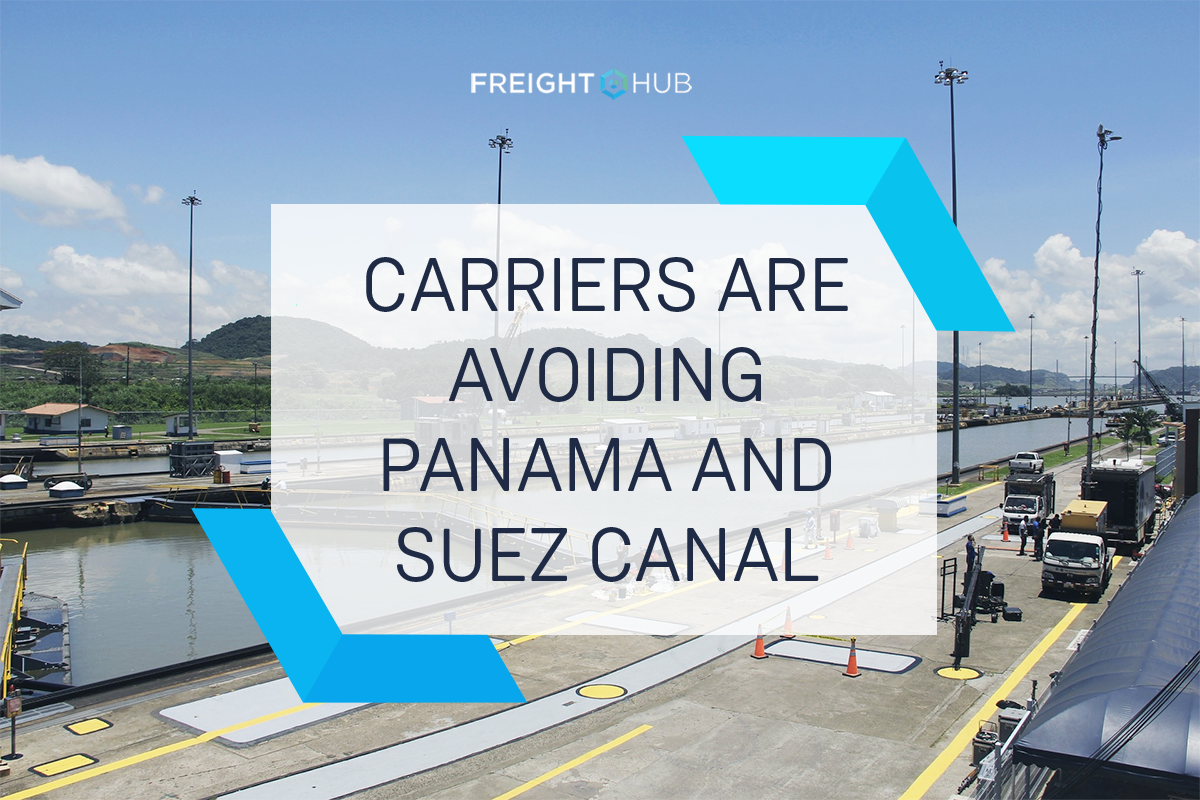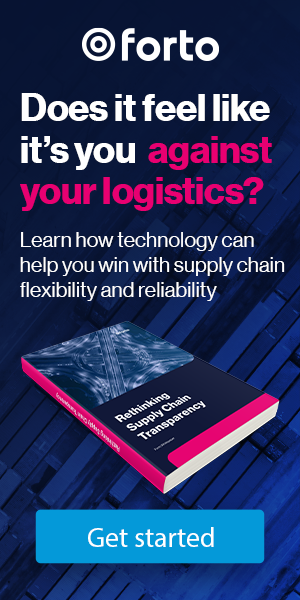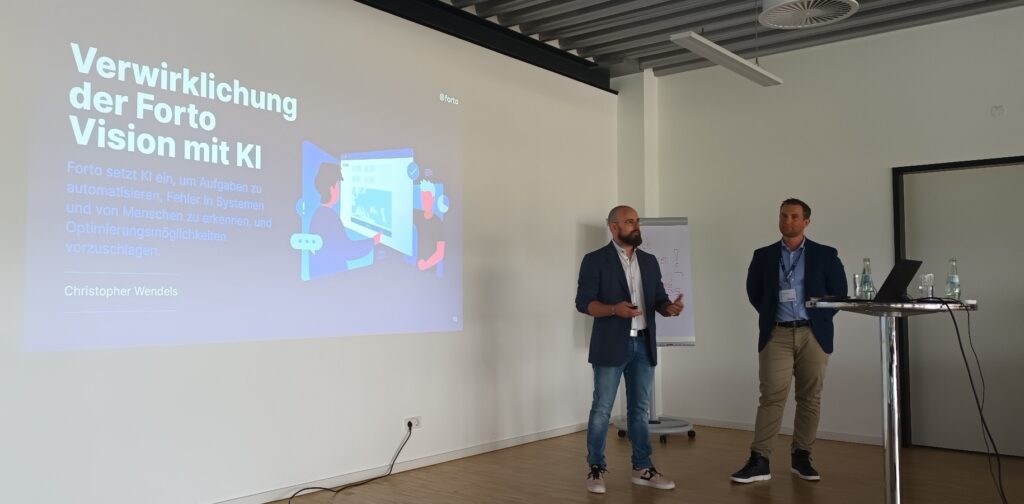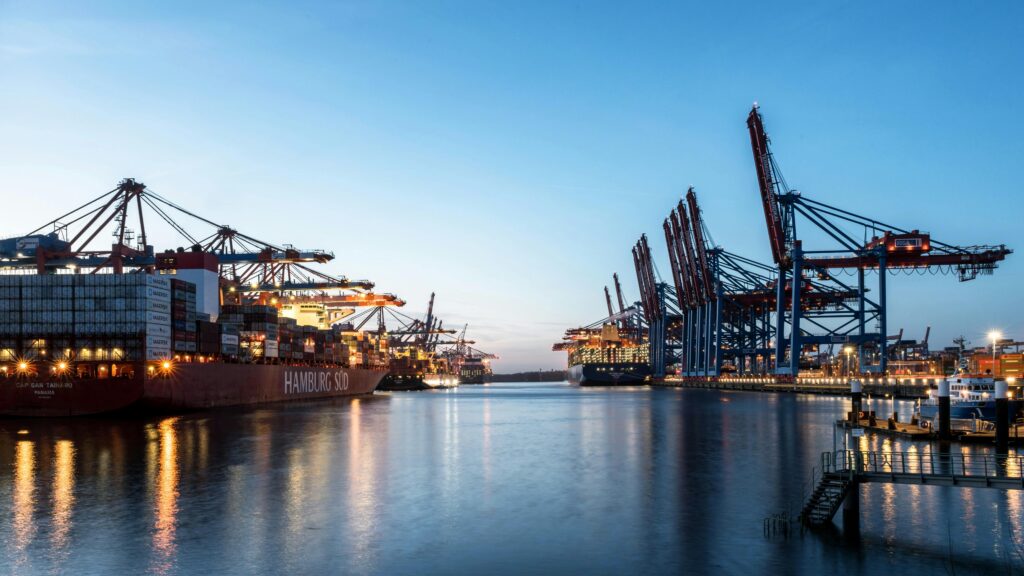The opening of the Suez and the Panama Canal in 1869 respectively 1914 lead to a boom for container shipping.
However, due to high charges, the first freight forwarders and carriers are already switching to other routes.
In 1869 the Suez Canal was opened and a bit more than 50 years later the Panama Canal. These events are marking milestones within the history of shipping cargo on sea and changed the trade for freight forwarders fundamentally. For the very first time, container ships did no longer have to pass the Cape of Good Hope and Cape Hoorn for delivering their cargo from the US East Cost to Asia. Freight forwarders and carriers were not only able to ship their cargo faster from the USA to Asia but also were able to
save the expensive marine diesel.
Carriers are paying high prices for thoroughfare
At the same time, bordering countries are benefiting from the charges they put on Carriers for using the passage with their cargo ships. For Panama, the artificial waterway that links the Pacific and the Atlantic is an important source of income: From more than 300,000 dollars per cargo ship which freight forwarders have to pay for passing through the strait, the charges bring one billion dollar each year for the country. Egypt charges similarly high fees on freight forwarders and carriers for using the passage for their ships and cargo.
Low marine diesel price opens up alternatives for freight forwarders
Many companies consider these fees being too high now. Container shipping trade has been in a crisis for seven years. Carriers are hardly making profit anymore. And with the marine
diesel prices dramatic slump in March 2016 onto less than 150 dollar – almost two thirds compared to the previous year -, an alternative seems to have suddenly appeared for the two waterways: The freight shipping over South America and South Africa. Since 2015, especially the route over the Cape of Good Hope has been used more frequently from the first freight forwarders and carriers – despite the detour of almost 6,500km for ships and their cargo. In view of the cheap marine diesel for freight forwarders to ship heir cargo, this detour hardly matters.
Does the Panama Canal need to worry about competition?
In addition, other countries have been noticing the profitable business by the high income as well. By the end of 2014,Nicaragua started a construction project that connects the East Cost of the USA with Asia in order to compete against the Panama Canal. Nicaragua hopes to make big profit with the charges on freight forwarders and carriers, while the freight forwarders and carriers hope that Panamas monopoly might break away. But so far the constructions are advancing very slowly and some freight
forwarders are starting to worry that Nicaragua might have overreached itself with the planning and financing of this giant project. At least in Panama they seem to consider the freight forwarders’ and carriers’ hopes for rather unrealistic and have already announced an enlargement of the canal.







